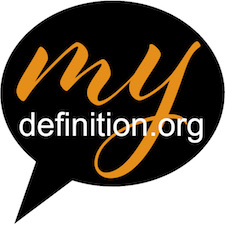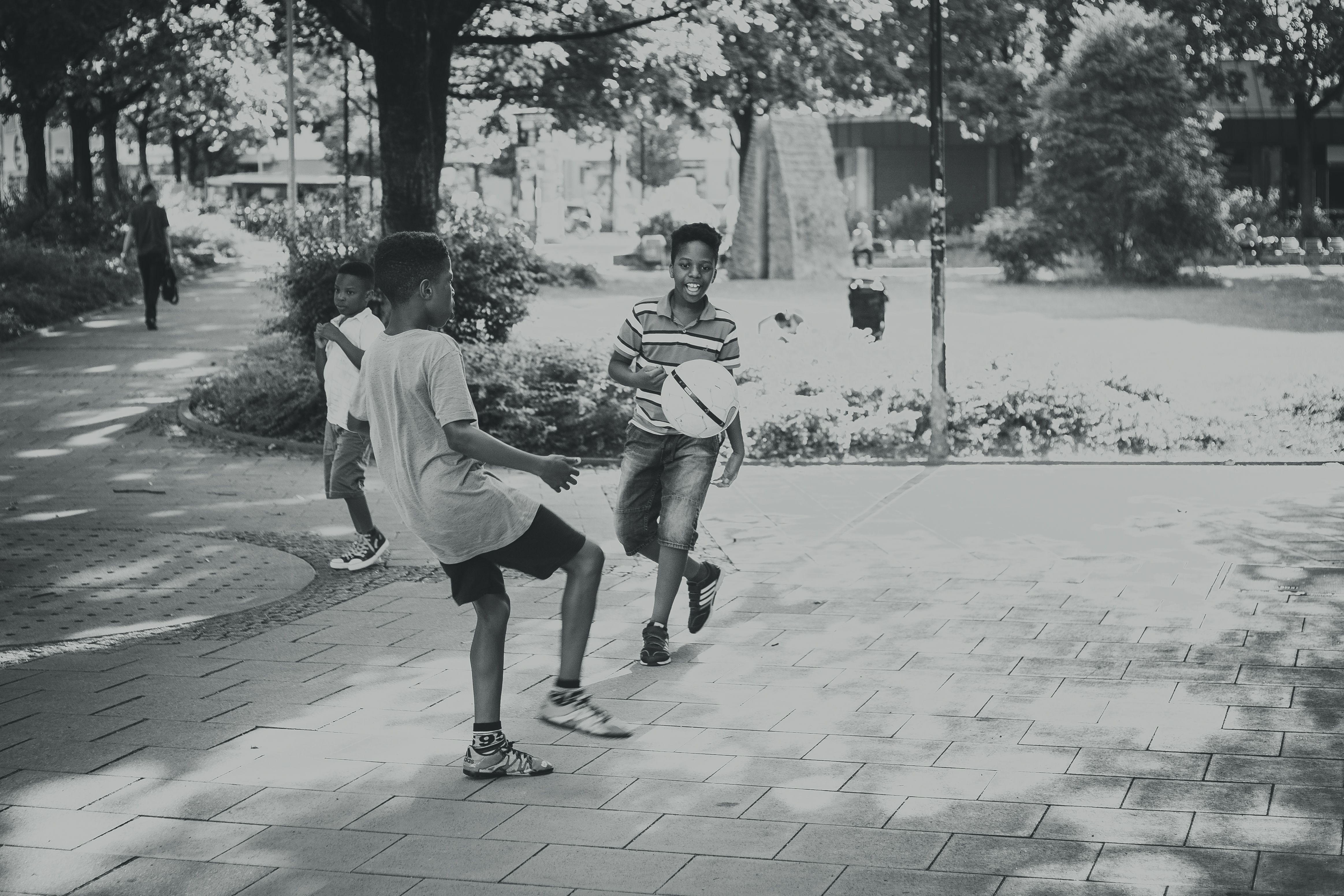
Statistics don’t tell individual stories. We often hear about youth violence in terms of nationwide surveys, graphs, and pie charts, but every statistic reveals a plethora of lived stories. Chances are, you might know someone who has experienced some sort of violence. Many people come from a variety of marginalized backgrounds that shape their identity, a concept we call intersectionality (Time 20). For survivors, intersectionality is key to raising awareness of the unique struggles they face, whether it be income status, living conditions, race, gender, or anything else.
Consider a crossroads. Someone fixed at the center, say, a four-way intersection has increased exposure to potential road hazards than someone fixed on a secluded one-way. Intersectionality is about where you stand. You cannot simply leave because you are a part of that road, just as youth cannot control the environment around them or choose to stop having a certain identity. Approximately 20% of women and 5-10% of men, for instance, report experiencing sexual abuse worldwide (WHO 20). An intersectional conversation would consider the role that gender plays. Women are more likely to be victims of sexual abuse, though this does not negate the real harms inflicted on men. It simply adds nuance to the conversations we have about how to raise awareness, and ultimately, prevent sexual abuse.
So how do we start these conversations on intersectionality and youth violence? There’s no one right way, but here are some general tips:
Practice empathy. Remember that your experiences are not necessarily reflective of others’. To combat youth violence, we must also consider how different marginalized identities may affect one’s experiences, thoughts, and beliefs. For instance, LGBTQ+ youth are four times more likely than their counterparts to experience violence (UCLA 20). Acknowledge that even if you are not a part of a certain group, others have been affected by youth violence because they are. Denial and dismissal accomplish nothing.
Extend empathy into action. To make an impact in youth’s lives, we must contribute more than sympathy. Research specific causes that affect your community and beyond. Learn about how, say, youth of color are susceptible to racially motivated violence. Donate to shelters, if you can.
Immerse yourself in prevention. If you are able to, talk to those willing to share their experiences with youth violence. It’s one thing to read about it and another to hear how it affects survivors.
Think critically. How do I contribute to the way we view youth violence, and what role does intersectionality play in that? Do I make remarks that target violence done to or within specific groups, even intended as humor? How might that affect their real-life treatment? Even if your actions aren’t unpopular, they still affect those around you.
There are, of course, nuances in both intersectionality and youth violence that one blog post simply cannot cover. With how broad conversations around both can be, we encourage you to conduct your own research to support today’s youth.







